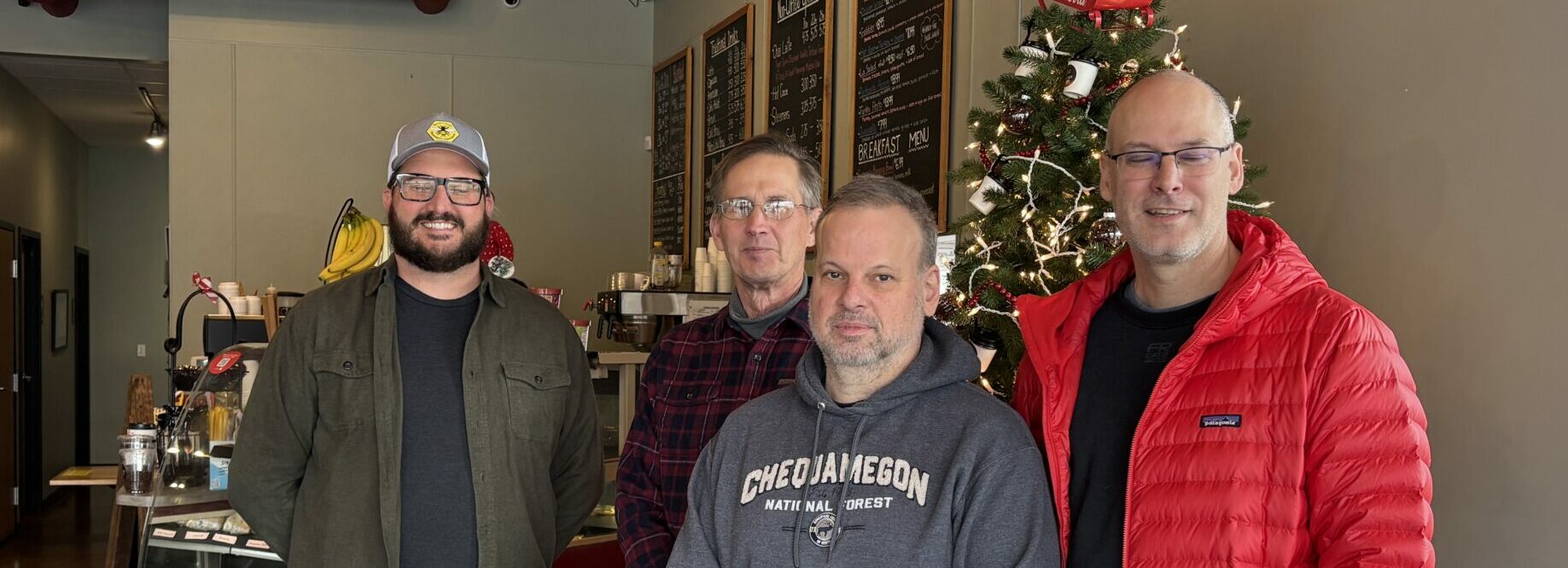Former BCBA President and current education chairperson, Dave Elsen, recently submitted an article to American Bee Journal which was accepted and published.
The article, entitled “How to Attract New Members and Retain Experienced Beekeepers: The Story of Brown County Beekeepers“, shares Dave’s experiences during his ten years of beekeeping and as a club member.
“There’s no instruction manual, no “one right way.” But after more than a century of supporting beekeepers in Northeast Wisconsin, we’ve learned a few things about creating a club that people want to join and stay with.”
If you would like to know more – download and read the complete article here.




